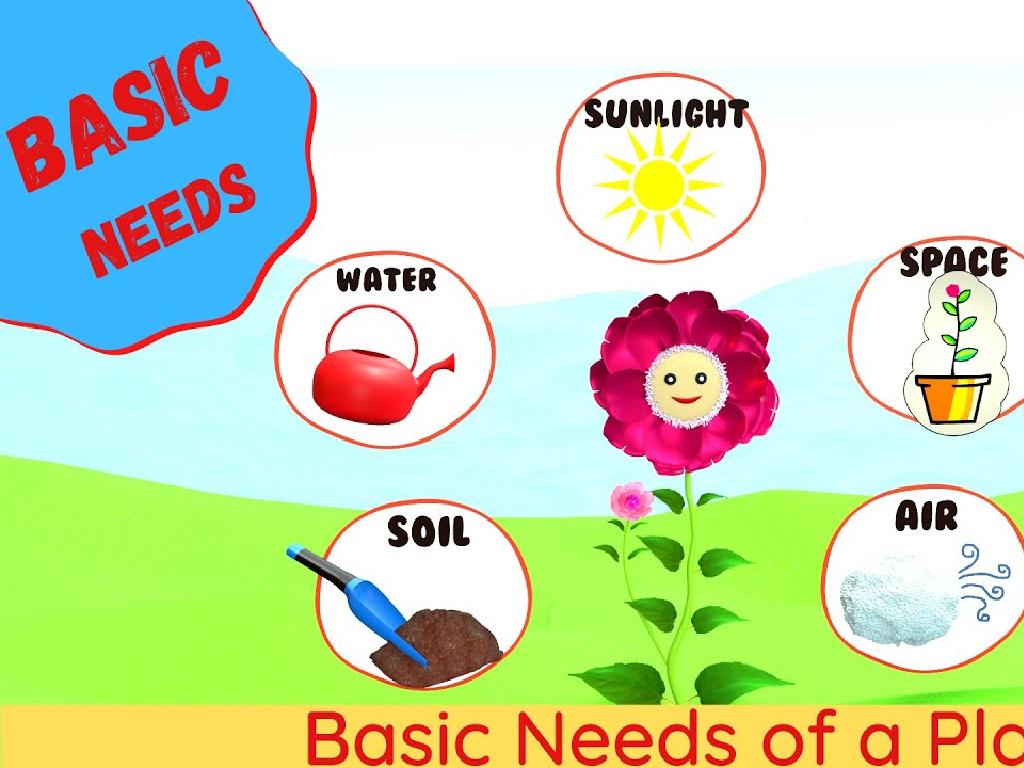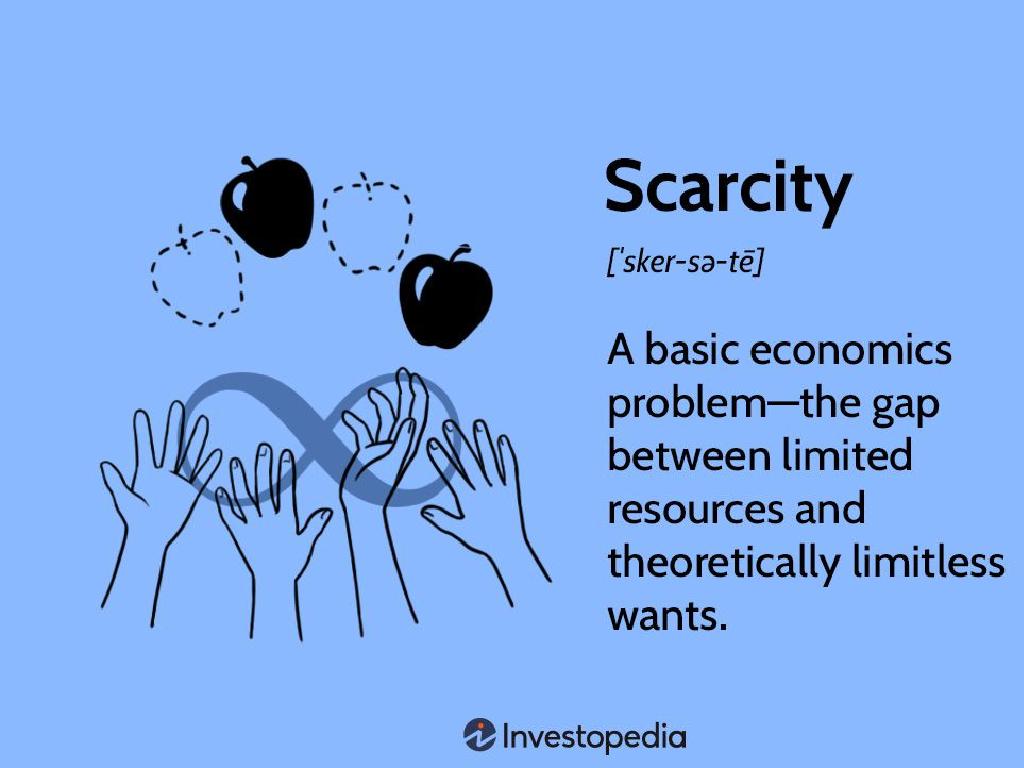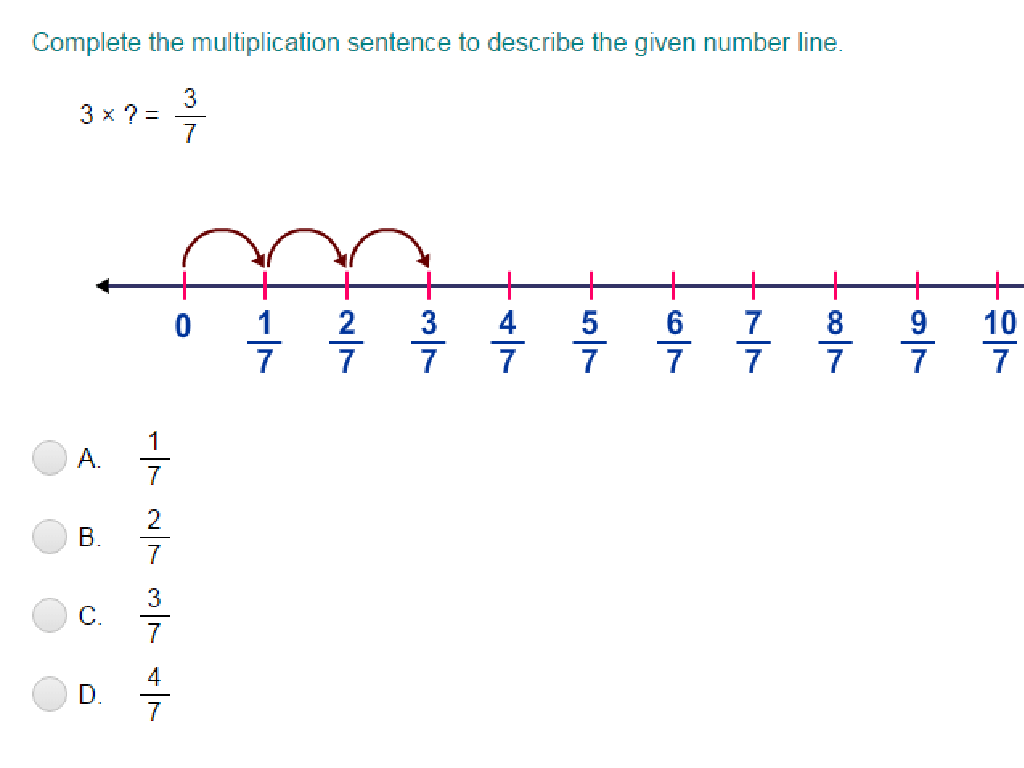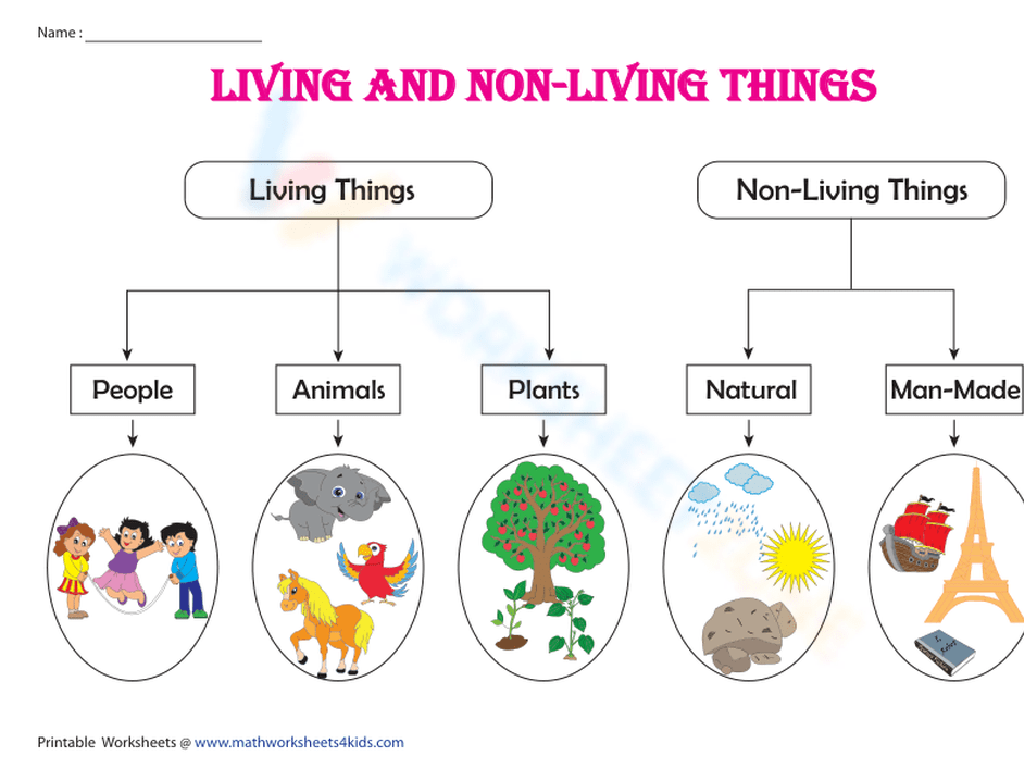Same And Different
Subject: Math
Grade: Pre-k
Topic: Classify
Please LOG IN to download the presentation. Access is available to registered users only.
View More Content
Same and Different
– Learn about Same and Different
– Discover how things are alike
– Things that are alike have something in common
– Explore how things are unique
– Unique things have something special
– Fun activities to practice
– Matching games, spot the difference
|
This slide introduces the concept of ‘Same and Different’ to Pre-K students, which is a fundamental part of the classification process in early math learning. The goal is to help students understand that objects can be grouped based on common attributes or set apart by their unique characteristics. Use simple, relatable examples like comparing apples to apples (same) and apples to bananas (different). Incorporate engaging activities like matching games or ‘spot the difference’ puzzles to reinforce the concepts. Encourage the children to participate and share their thoughts on why certain things are the same or different. This will help develop their observational skills and ability to categorize objects, which are essential for their cognitive development in math.
Exploring ‘Same’ and ‘Different’
– Understanding ‘Same’
– ‘Same’ means being exactly alike
– Identifying sameness
– Classroom object hunt
– Find objects that look exactly alike
– Discussing our findings
– We’ll talk about what makes them the same
|
This slide introduces the concept of ‘same’ to Pre-K students, which is a foundational element of classification. Begin by explaining that when things are ‘same’, they have no differences between them. Use visual aids or objects in the classroom to illustrate this point. Encourage the students to look around the classroom for objects that are identical, such as two red crayons or matching blocks. This activity will help them apply the concept of ‘same’ in a practical and interactive way. After the hunt, gather the students to discuss their findings and reinforce the concept by highlighting the characteristics that made the objects the same. This will help develop their observational skills and ability to classify objects based on their attributes.
Exploring ‘Different’ in Math
– Understanding ‘different’
– ‘Different’ means not the same
– If two things don’t match, they are different
– Observing non-alike objects
– Compare apples and oranges, or cats and dogs
– Celebrating uniqueness
– Every object or person is special in their own way
|
This slide introduces the concept of ‘different’ to Pre-K students in a simple and relatable way. Start by explaining that ‘different’ means things are not the same. Use tangible examples like comparing apples to oranges or cats to dogs to illustrate the point. Encourage the children to observe and discuss objects in the classroom that are not alike, such as different shapes, colors, or sizes. Emphasize that being different is positive and makes each object or person unique and special. This will help them appreciate diversity and understand the basic concept of classification by differences.
Finding Same and Different
– Compare by color, shape, size
– Look at objects and see how they are alike or not
– Practice with shape comparison
– Circle, square, triangle: which are alike?
– Discovering ‘same’ and ‘different’
– ‘Same’ means alike, ‘different’ means not alike
|
This slide introduces the concept of classification by comparing objects based on their attributes such as color, shape, and size. Encourage the children to observe and discuss the similarities and differences they notice in various objects. Use simple shapes like circles, squares, and triangles to practice the concept. For example, compare a red circle and a blue circle to illustrate ‘same shape, different color.’ Prepare a set of diverse objects for the activity where children can group them based on ‘same’ or ‘different’ attributes. This will help develop their observational skills and vocabulary related to comparing objects.
Matching Game: Finding Pairs
– Let’s play a matching game
– Find two items that match
– Look for color, shape, or size that’s the same
– Ready to spot matching pairs?
– Have fun and learn about sameness
– This helps us understand how to classify objects
|
This slide introduces a matching game designed for Pre-K students to help them understand the concept of sameness by finding pairs of items that are identical. The activity should be interactive and engaging, allowing children to explore and match objects based on various attributes such as color, shape, or size. Teachers should prepare sets of matching items beforehand and ensure that each child has a chance to participate. Encourage the students to explain why the items they chose match, reinforcing their comprehension of the concept. The game can be played with physical objects in the classroom or with pictures on cards. Remember to praise the students for their efforts and correct gently if they make a mistake, guiding them to the right match.
Celebrating Differences
– Differences make us unique
– Spot differences in animals
– Look at colors, sizes, shapes
– Each animal is special
– Share what you find!
– Tell us about the differences
|
This slide aims to teach Pre-K students the concept of ‘same and different’ by using animals as an example. Start by explaining that differences are what make things special and unique, just like each of them is unique. Show pictures of different animals and ask the children to observe and spot the differences among them, such as different colors, sizes, or shapes. Encourage the children to express what they see and share their observations with the class. This activity not only helps with their understanding of diversity but also enhances their verbal communication skills and their ability to classify objects based on observable characteristics.
Class Activity: Same and Different Hunt
– Explore our classroom together
– Find matching items
– Look for items that are identical
– Spot items that are different
– Find items that don t match others
– Share discoveries with everyone
|
This activity is designed to help Pre-K students understand the concept of classification by identifying similarities and differences among objects. Encourage the children to walk around the classroom and look for items that are exactly alike in shape, color, or size, and then find items that stand out as different. Once they have collected their items, each student will have the opportunity to present their findings to the class, explaining why they think the items are the same or different. This will help develop their observational skills and vocabulary. For the activity, consider pairing students to promote teamwork. Possible items to find could be pairs of scissors, crayons, blocks, or books. Ensure that the classroom is safe for exploration and that all students are supervised during the activity.
Review and Goodbye!
– Recap: Same and Different
– We learned to spot similarities and differences.
– Celebrate our classification skills
– You all did amazing finding what matches and what doesn’t!
– Anticipate more Math adventures
– Wave goodbye and smile
|
This slide is meant to wrap up the session on classification, focusing on the concepts of ‘same’ and ‘different.’ Start by asking the children what they learned today to reinforce their understanding. Praise their efforts in exploring and classifying objects, which will boost their confidence. Build excitement for the next lesson to keep them engaged and looking forward to learning more about Math. End the class on a positive note with a cheerful goodbye, ensuring the children leave with smiles and a sense of accomplishment.






